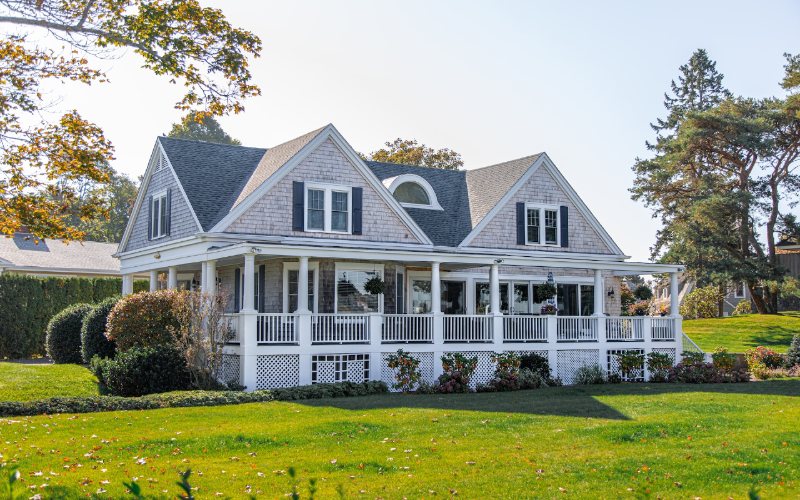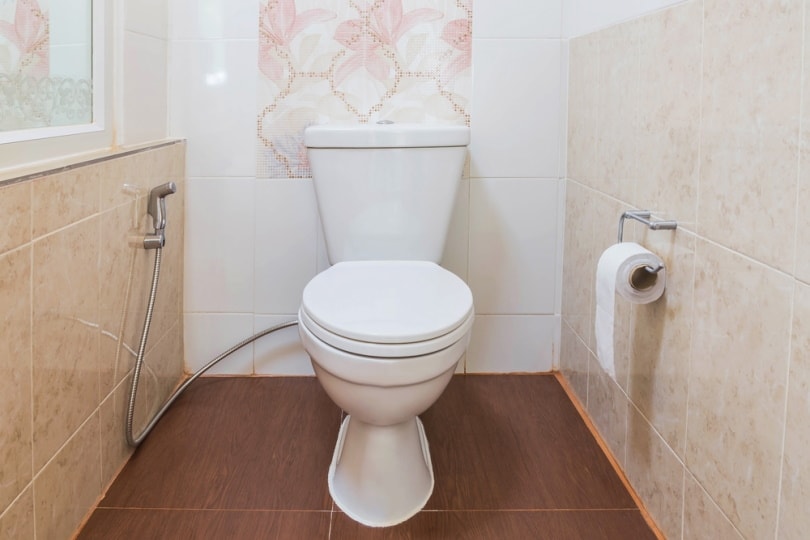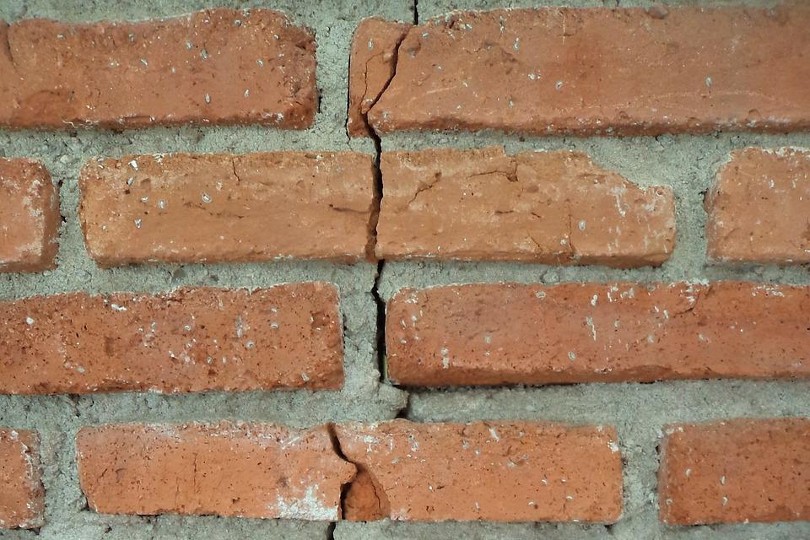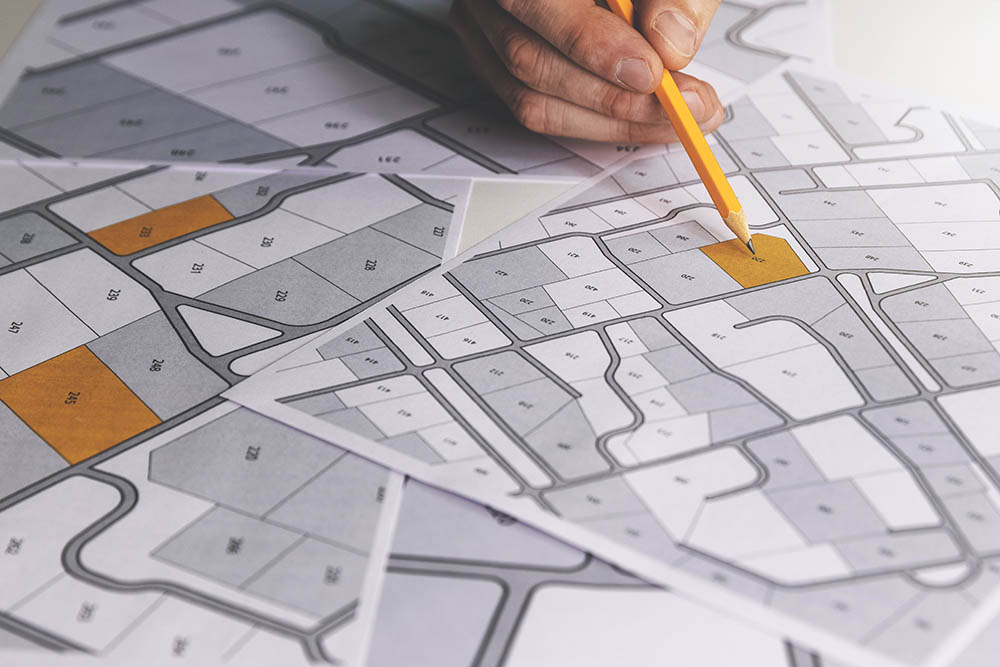How to Tell When a House Was Built – 10 Things to Look For
-
Pete Ortiz
- Last updated:

Whether you’re looking for the age of your own property, a neighbor’s house, or one that you’re interested in buying, it can be beneficial to know when the property was built. Short of there being a plaque on the outside of the house with its age, it might take a little more digging than simply looking outside. Below are 10 possible ways that could help you tell when a house was built.
The 10 Things to Look for To Tell When a House Was Built
1. Check the Deeds

Written property deeds should provide the most accurate history of a property. Records include building permits and deeds. Every transaction of the property, including the initial purchase, should be noted on a Registry of Deeds and a deed created for each transaction. You may not be given every single one, but you can enquire with your country’s Registry to find out.
2. Check Tax Records
Whenever a property is purchased, the buyer pays tax on the property and the land. Tax records should record all of this information and often include the date of construction. The most recent tax records may include a construction date.
3. Check the Home Appraisal

If you took out a mortgage to buy the property, you likely had to have a proper appraisal done. Even if you didn’t use a mortgage, you may well have had this done. An appraisal includes a lot of information about a property and will sometimes include the construction date, which the appraiser will most likely have found out from deeds or tax records.
4. Look for Architectural Clues
Using architectural guides for your area, it may be possible to get a rough idea of when a property was constructed according to the architectural design and style of the home. However, if the property has undergone major renovation or changes, it can be difficult to age the house this way. And some property builders ignore the architecture of the time to create something unique.
5. Age the Wallpaper

Although it’s very unlikely you still have the original wallpaper on display, you might unearth some older wallpaper as you dig around to redecorate and renovate. Alternatively, if you have a basement or attic that you haven’t touched, look at the wallpaper and design of the room to see if you can get visual clues from any of the surfaces.
6. Fittings

Some fittings, like toilets and baths, are changed less frequently than other parts of the house, so these could provide a reasonable age for the property. However, if the bathroom has been renovated or replaced, this won’t work.
7. Age Exposed Bricks and Pipes

Bricks and some pipes are another good sign of age. Look in the basement where these kinds of features are more often exposed. Look at the condition of the brick, its color, and even whether it was made by hand or in a machine. Even evidence of water damage could be a sign that the bricks were in place during a flood or other event in the past.
Charred or oxidized bricks are a sign of fire damage, and this could be another way to identify how long they have been installed.
8. Find Historical Maps
Maps show local geography, and this includes properties. Find a map with your house on it and one that doesn’t include your house, and it must have been built between the years that these maps were made. Your local library is usually a good source of local maps and should have a chronological series of them.
9. The Town’s Historical Society

If your town has a historical society, somebody there will likely be able to help identify a building’s age. Even if the members of the society can’t help, they may have copies of maps and some other historical documents that will help you unearth the age of your property.
10. Ask the Neighbors
Typically, rows of houses or entire blocks are built at the same time, and you may not be the only one with an interest in the age of their property. Ask neighbors to see if they know when their property was built and this could give you the date your own property was built.
Conclusion
Documents like title deeds and insurance deeds should be the most reliable and accurate, and if you have access to these or can get hold of them, this is the most reliable way to age a property.
Alternatively, historical societies and old maps are another good source of information and if the neighbors know the age of their own property, it removes a lot of the leg work you need to do yourself. Otherwise, you will need to look at features to determine the age of the brickwork or how old the pipes in the basement are to get some kind of idea of a property’s age.
Featured Image Credit: todd kent, Unsplash
Contents


